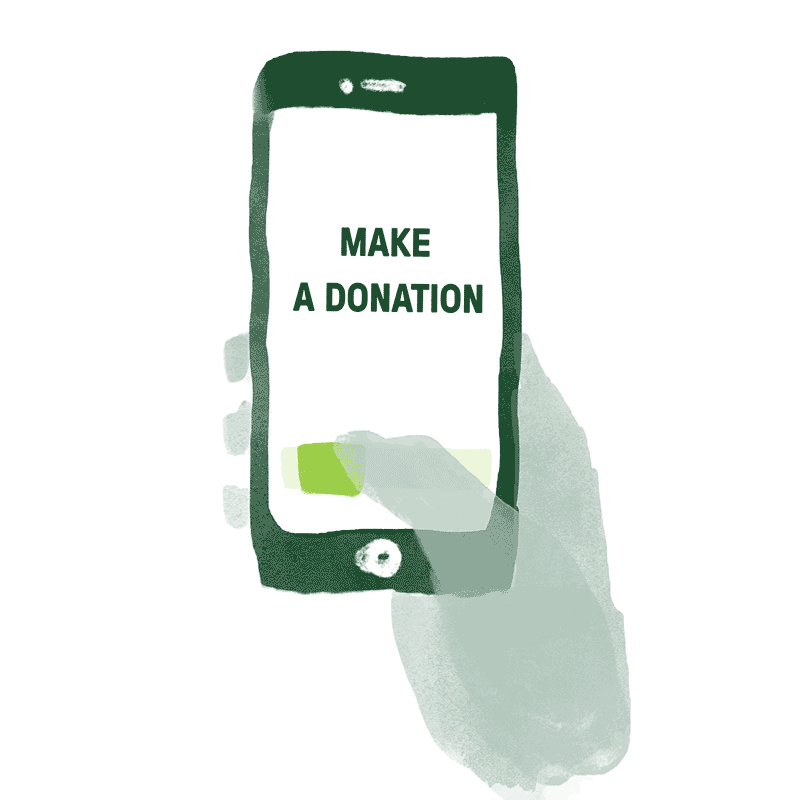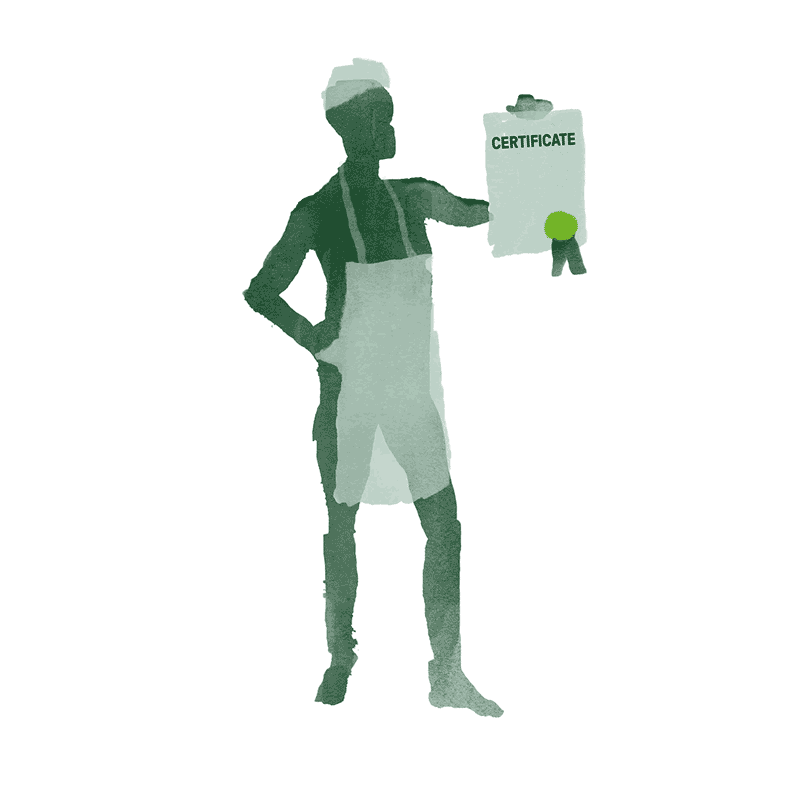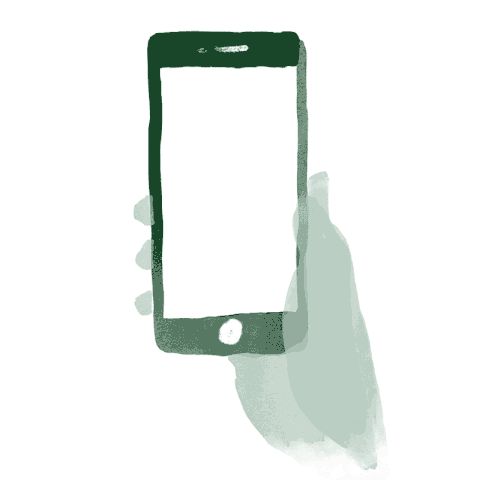Blockchain can increase the transparency and efficiency of cash-based assistance
Cash transfers are an increasingly popular form of humanitarian assistance because they are cost-efficient and empower recipients. But can they be made even safer and easier to monitor? Finn Church Aid and the Finnish software company Solita conducted a feasibility study in Kenya, developing both the concept and technology for fast, efficient and transparent cash-based programs supported by blockchain. The technology can track specific donations, enabling donors to receive information on how beneficiaries spend the assistance. This is how it works.

1. Donation: The blockchain creates a reference for each donation. The reference allows users to track exactly how their donation is used.

2. Beneficiary registration: Blockchain technology enables electronic registration of beneficiaries, for instance, biometrically through fingerprint or iris scans or with smart cards.

3. Verified retailers: Retailers of food and other necessities are equipped with the relevant technology for identifying beneficiaries and trained in using the system.

4. Redemption: The retailer receives payment from the NGO that coordinates the operation for the items they have sold to identified beneficiaries.

5. Monitoring: If transactions are made electronically, the smart contract enables the donor to follow up on how the beneficiary spends the assistance in real-time through an online link.
The benefits and challenges of cash assistance
Cash transfers are one way to ensure that a greater amount of assistance funds directly reaches those in need while also enabling vulnerable families to decide for themselves what they need and prioritise their procurements. Local retailers benefit from increased activity at local markets.
Distributing cash does also bring challenges. The beneficiary is subject to risks by carrying relatively large amounts of cash in a fragile context. To ensure that the money does not instigate fraud or corruption, organisations need to allocate staff for monitoring and follow-ups.
The spread of the coronavirus has also complicated arrangements of cash distributions, and the use of cash increases the risk of transmitting the virus between people at local markets.
With the support of blockchain technology, an organisation can create a virtual wallet for each beneficiary. The beneficiary can then buy necessities from verified retailers equipped with the appropriate identification equipment. Transactions are followed virtually, making monitoring easy, and the blockchain enables safer transactions that protect the identity of the beneficiaries.
Text: Erik Nyström
Illustrations: Tuukka Rantala